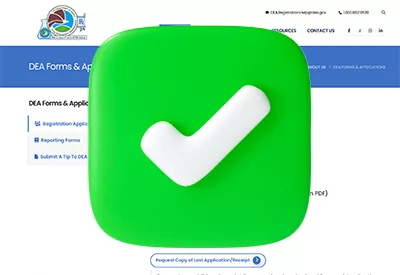Starting Long-Acting Buprenorphine During Medical Hospitalization
Monthe Kofos, DO. Dr. Kofos has no financial relationships with companies related to this material.
REVIEW OF: Seval N et al, J Addict Med 2023;17(4):232–239
STUDY TYPE: Case series
Medical hospitalization can be an ideal time to start patients with opioid use disorder (OUD) on a medication for opioid use disorder (MOUD) like buprenorphine, but providers may not seize upon this opportunity due to unfamiliarity with induction and fear of precipitating withdrawal. Starting with very low buprenorphine doses, a procedure known as microinduction, can minimize withdrawal risk. Another promising approach to MOUD prescribing is long-acting injectable (LAI) buprenorphine, which is similarly underutilized. Here, researchers evaluated the feasibility of starting buprenorphine on medically complicated hospitalized patients using microinduction followed by transition to LAI buprenorphine prior to discharge.
In total, seven participants were recruited for this small study. These were “complicated” patients, all with a diagnosis of severe OUD and hospitalized for life-threatening infection (three with endocarditis, two with bone infections, one with abscesses, one with severe COVID pneumonia). All infections, except the pneumonia, were deemed to be the result of injection drug use. All participants had comorbid chronic pain, four had other comorbid SUDs, and four had surgery during the hospitalization.
Participants were started on buprenorphine using a microinduction protocol with the initial dose given as 225 mcg in buccal patches (Belbuca), a dose roughly equivalent to 0.5 mg of sublingual (SL) buprenorphine. The patches were given alongside participants’ usual opioid regimen (five were on methadone, two on short-acting opioids). Providers increased buprenorphine as tolerated up to a total daily dose of 12–16 mg of SL buprenorphine, at which point LAI buprenorphine (300 mg Sublocade) was administered. The entire process, from start to finish, took about a week (average 7.5 days, range 5–10 days). None of the participants experienced precipitated withdrawal (all had Clinical Opiate Withdrawal Scale [COWS] scores <6), and the treatment was well tolerated. All participants completed the protocol by receiving a dose of LAI buprenorphine prior to discharge.
This study had two major limitations: small size and lack of long-term follow-up. Additionally, researchers utilized only one variant of the many microinduction protocols that have been studied—the buccal patch method performed well, but it isn’t clear how other approaches might have fared. Nonetheless, this small case series makes a convincing argument for the feasibility of microinduction and LAI buprenorphine administration in medically hospitalized patients with OUD, even those with complex medical illness.
CARLAT TAKE
This case series demonstrates to us that buprenorphine microinduction and LAI administration can be done for medical patients during hospitalization, even when the prescribers are not addiction specialists. Though limited in scope, this study tells us it is feasible to start buprenorphine, even in complicated inpatients; there is no reason to wait until after discharge.
Newsletters
Please see our Terms and Conditions, Privacy Policy, Subscription Agreement, Use of Cookies, and Hardware/Software Requirements to view our website.
© 2025 Carlat Publishing, LLC and Affiliates, All Rights Reserved.


_-The-Breakthrough-Antipsychotic-That-Could-Change-Everything.webp?t=1729528747)



